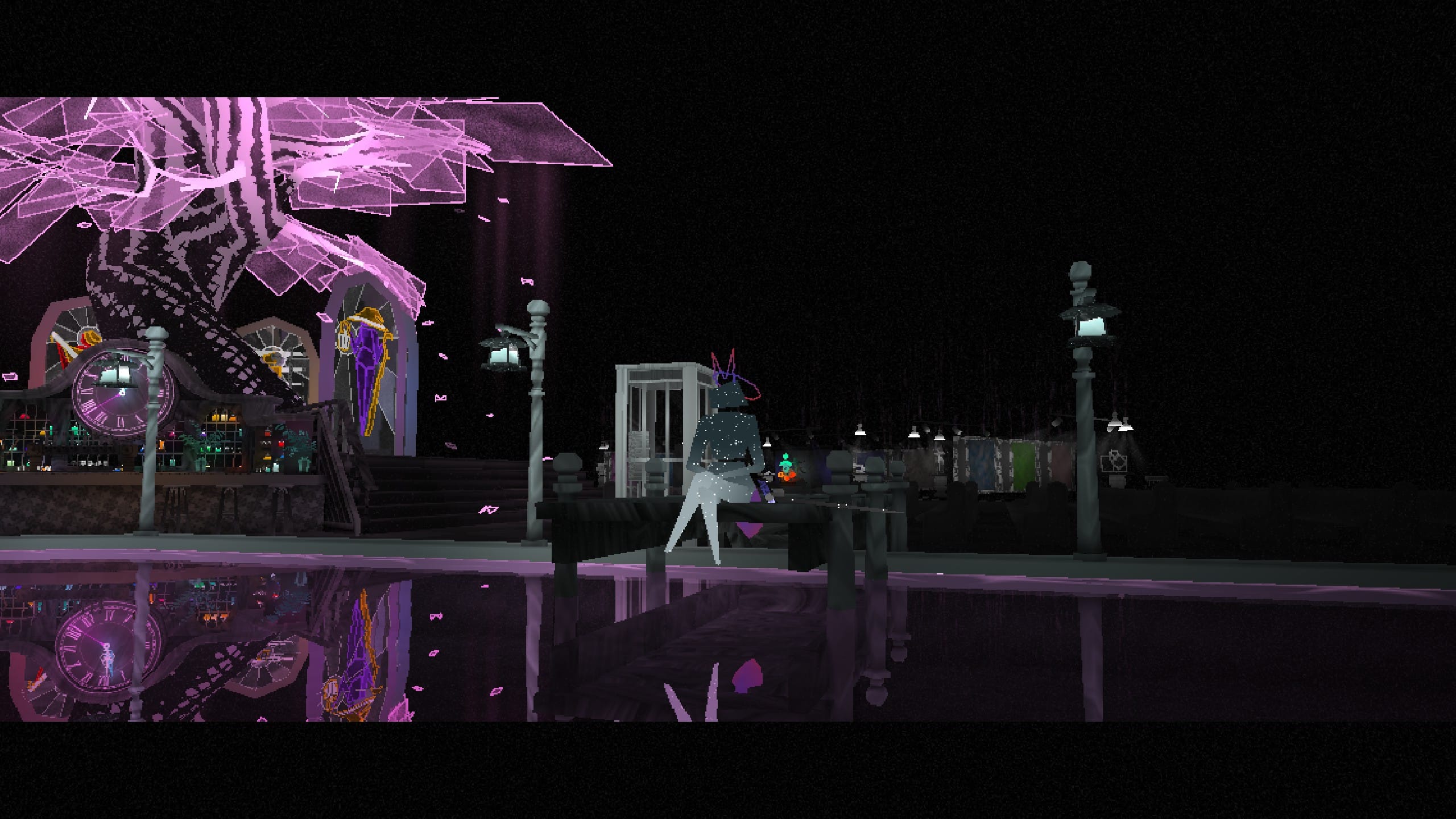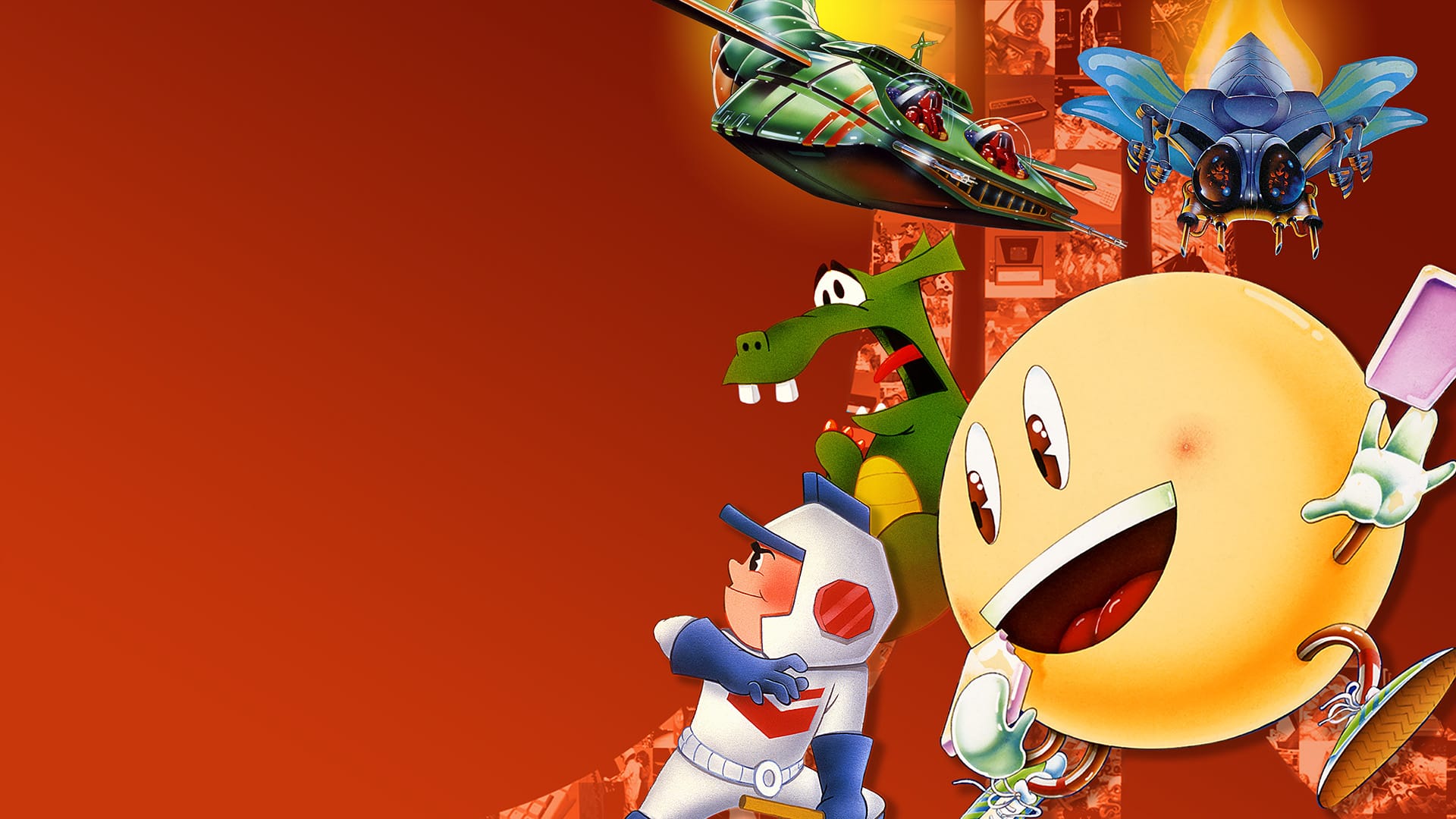It’s crazy to think that Mortal Kombat will turn thirty in a couple of years. I still remember the first time I saw that game at an arcade, and my parents eventually getting a Super Nintendo cartridge for my brother and I. Neither of them seemed to care that that game was one of the most violent games they could give to two young boys at that time — mom found it all hilarious, and dad knew we could tell fantasy apart from reality, after all my older brother and I had managed to build quite a VHS collection of Rambo, Braddock and Death Wish movies up to that point.
The years and eventual decades that passed have made Mortal Kombat a household name, thanks to the many new sequels were released with surprisingly few interruptions, and that grow exponentially more ambitious with each new entry. More ambitious, and most importantly, even bloodier. If there ever has been a videogame franchise who’s pushed the envelope further and further when it comes to gore, it’s Mortal Kombat and its co-creator Ed Boon, who’s been at the helm of every single entry since 1991, even after leaving Midway and creating his own dev team, Netherrealm Studios, and later getting acquired by Warner Bros.

It’s rare to see a creative mind stick to a single track for so long, but that seems to be somewhat common when it comes to games. The really rare thing, though, is getting an output consistently as good as the many Mortal Kombats have been over the years. Surely enough, while there have been some odd duds, like Mortal Kombat Mythologies: Sub-Zero, when it comes to core fighting games, there hasn’t been an awful entry in Mortal Kombat. Granted, I was never not a huge fan of some of the earlier polygonal attempts like Mortal Kombat: Deadly Alliance trilogy of games released for PlayStation 2, GameCube, and Xbox, but they did help spark the wonderful single player modes that we’ve seen flourish in the current trilogy that started with Mortal Kombat 9 in 2011.
Mortal Kombat 11 continues the formula and takes it a few steps ahead, with some mixed results. The fantastic story mode that made Mortal Kombat 9 so great is back once again, and picks up after the events of Mortal Kombat X, where Raiden became an all-powerful and destructive deity after obtaining Shinnok’s amulet, but when Kronika, the goddess of time picks up on his antics, she decides to reset the timeline and eliminate the thunder god for good. It’s another time travel romp that like MK9, serves as an excuse to bring back some fan favorites back into the roster, and at the same time, changes things up and by the end of its run, pushes the series into a new and potentially exciting direction. Mortal Kombat 11’s story tone feels like a mix between the two previous games’, and as a result, the humorous bits really resonate, like when the older, more serious Johnny Cage meets up and interacts with the younger and more arrogant version of himself — you can imagine where that leads to, and it really works within the uniquely insane structure that the MK world seems to have. If no one bats an eye at someone killing another person in a gruesome way after winning a fight, why would they care there are two identical men bickering among themselves?

The franchise has always been ridiculous in every conceivable way, and 11 really plays that up. The level of violence in this entry is as silly as you’d expect, but don’t be surprised if you get caught off guard by the sheer gratuity of some of the fatalities. Things have gotten so bloody that it’s kind of comical, but at the same time slightly disturbing, thanks to some of the best character models Netherrealm Studios has put out in a game so far, a far cry from even some of their most recent games like Injustice. Fighters emote extremely well, and thanks to most decent voice acting — not including a MMA fighter turned wrestler turned voice actress that should go unnamed — the scenes in which they interact with one another, be it during the story mode or even in the pre-fight banter, helps give them a lot of personality. It makes their deaths that much more shocking, which is something I had yet to feel while playing a Mortal Kombat.
Speaking of playing, Mortal Kombat 11 is probably the most approachable the series has ever been, thanks to a fantastic tutorial suite that really (for reals) helps you learn the ins and outs of the combat system, including terms that are often thrown around and never really explained in other fighting games, like anti-air or wake-up attacks, which might sound obvious to anyone’s keen on fighters, but that can sound like Greek to someone just stepping into the ring. You’d be doing a disservice to start this game out and not give the tutorial at least one go before duking it out on your own, even if this is not your first rodeo. The gameplay in this game should be instantly familiar to anyone who’s played Mortal Kombat in the past, but it’s a welcome feeling learning anything new about something you might think you know everything about — I know I certainly did.

In comparison to the previous entry, 11 feels a tad bit slower due to the removal of running, but to its benefit, that opened up the way for a more technical layer of play, even if that still includes the unskippable mini cutscene moves that can now be used whenever your life bar gets low enough. Thanks to that, the fights ultimately feel better paced, even if at the low to mid-level they usually boil down to slap fests until one sides uses their uber move and either turns the table in their favor, or totally misses it. I’m very curious to see how tournament play will shape up, especially considering that the game will be one of Evo’s top titles at their event in August.
The really obnoxious elements in Mortal Kombat 11 pop up when it comes to unlocking character content. Surely enough, pretty much the entirety of the cast is available from the get go or can be unlocked by finishing story mode, with the exception of Shao Kahn, the franchise’s big baddie, who could have been yours if you pre-ordered the game at specific retailers, or by throwing 5 bucks WB’s way. It’s the way you work in acquiring new costumes, equipment, and even moves that can quickly mire your experience in the game. Every one of these has to be earned by unlocking chests in Krypt mode, with a few exceptions that pop up as you progress through the story. The Krypt, similarly to what you may have seen in Mortal Kombat 9, is a separate game mode where you spend in-game currency that’s earned by normally playing MK11.

The big difference, though, is that the Krypt now works as a sort of money sink, since there’s an infinite amount of cash you can *very* slowly earn in any of the single player modes. The absurd cost some of the chests found in Shang Tsung’s castle doesn’t help things either, even if navigating it can prove to be quite fun, even more so if you’ve been a fan of the series since the very beginning, because you’ll run into many tributes to the old games along the way, and even a nod to the first motion picture, thanks to Cary Hiroyuki Tagawa’s return, who not only lends his voice but also his image to the shape-shifting villain. While most of the unlockables boil down to cosmetic items, even fatalities end up being tied to these darned loot boxes, with every fighters’ second lethal move tucked away somewhere in Tsung’s domain, along with brutalities, emotes, entrance animations, and even victory poses.
Currently there are plans to patch the item values and bump up currency awards for the game, but as of this writing, it has just been implemented, giving players a hefty sum of currency, but I wouldn’t count on things being much easier, considering this is the model that has been implemented in order to keep you playing the game consistently. That’s not to say there isn’t anything worth going for in these rewards aside from the character moves, but it all feels like such a gigantic grind thanks to the random nature of the delivery model that it takes away from the joy of being able to put together your own vision for your favorite character like the initial pitch for the game made sound so damn appealing, thanks to the way items level up the more you use them, ultimately unlocking abilities you can use in the single player modes.

Mortal Kombat 9’s challenge tower was one of my favorite activities in that game, and after some tweaking and changes, it eventually made its way to every single NRS title that has come out since. 11’s version is clever enough, and is split into two types. One is a set group of towers that has you fight a number of opponents as you normally would in a Mortal Kombat, while the other is timed and changes online, and it’s that one that is coincidentally the biggest yield for the in-game currency.
Things tend to get crazy in these special towers, as boosters and special effects pop up during fights, which can both play in your favor or against it. It’s usually the latter, but thankfully you can try and counteract these by using the stat ups you earn in your gear, or by ingesting special consumables before jumping into a tower. And even then, some of these can be brutally difficult to beat. These are also found in the Krypt chests, or are earned by playing this mode normally. It’s definitely a good excuse to keep coming back to the game for sure, even if everything eventually boils down to a huge grind thanks to the unfriendly in-game economy.
It’s a shame that the whole customization loop that started in Injustice 2 has made its way into Mortal Kombat 11 the way it did, because there’s so much potential there to make so many fun variations to characters we’ve grown to love over the years, as much as it did with DC’s heroes and baddies. The options to tweak movesets along with the look and style is impressive, but the way in which new items are delivered is disappointing. Everything else about the game feels fantastic, so thanks to the malleable way games tend to be these days, here’s hoping that Netherrealm and WB can find as close to a balance that could possibly be implemented at this. Even if that doesn’t outright fix the hurtful model that borderline mars an otherwise fantastic fighting game experience, it can at least make the prospect of playing it past the story mode a little more palatable.




